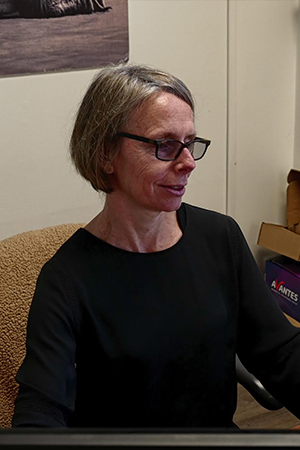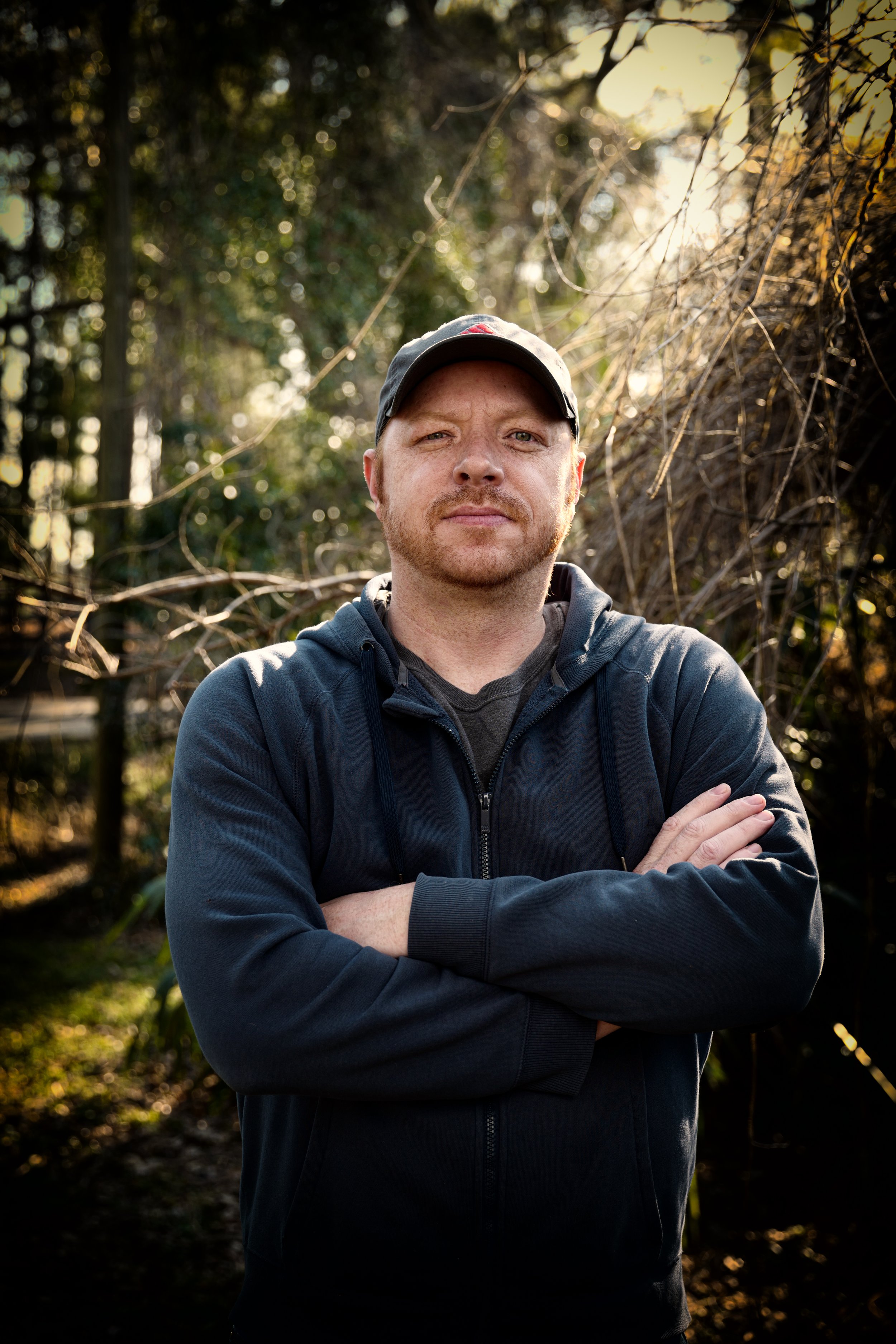The smart Trick of Spectrophotometers That Nobody is Talking About
The smart Trick of Spectrophotometers That Nobody is Talking About
Blog Article
Indicators on Uv/vis You Need To Know
Table of ContentsThe Ultimate Guide To Uv/visThe Basic Principles Of Uv/vis/nir Everything about Uv/visThe Spectrophotometers DiariesSome Known Incorrect Statements About Circularly Polarized Luminescence

Spectrophotometry is a tool that hinges on the quantitative analysis of particles depending on how much light is taken in by colored substances.
Uv/vis/nir Things To Know Before You Buy
A spectrophotometer is typically utilized for the measurement of transmittance or reflectance of solutions, transparent or opaque solids, such as polished glass, or gases. Although numerous biochemicals are colored, as in, they absorb visible light and therefore can be determined by colorimetric treatments, even colorless biochemicals can frequently be transformed to colored substances appropriate for chromogenic color-forming responses to yield compounds suitable for colorimetric analysis.: 65 Nevertheless, they can also be designed to determine the diffusivity on any of the listed light varieties that generally cover around 2002500 nm utilizing different controls and calibrations.
An example of an experiment in which spectrophotometry is used is the determination of the equilibrium constant of a solution. A particular chain reaction within an option might occur in a forward and reverse instructions, where reactants form items and products break down into reactants. At some time, this chain reaction will reach a point of balance called a stability point.
How Circularly Polarized Luminescence can Save You Time, Stress, and Money.
The amount of light that goes through the service is a sign of the concentration of specific chemicals that do not allow light to pass through. The absorption of light is due to the interaction of light with the electronic and vibrational modes of particles. Each type of molecule has an individual set of energy levels connected with the makeup of its chemical bonds and nuclei and hence will soak up light of particular wavelengths, or energies, leading to distinct spectral homes.
The usage of spectrophotometers spans numerous clinical fields, such as physics, materials science, chemistry, biochemistry. spectrophotometers, chemical engineering, and molecular biology. They are extensively utilized in lots of industries including semiconductors, laser and optical production, printing and forensic examination, in addition to in labs for the study of chemical substances. Spectrophotometry is often used in measurements of enzyme activities, decisions of protein concentrations, determinations of enzymatic kinetic constants, and measurements of ligand binding reactions.: 65 Eventually, a spectrophotometer has the ability to identify, depending on the control or calibration, what substances are present in a target and precisely just how much through estimations of observed wavelengths.
This would come as a service to the formerly developed spectrophotometers which were not able to soak up the ultraviolet correctly.
8 Simple Techniques For Circular Dichroism
It would be found that this did not offer acceptable results, therefore in Design B, there was a shift from a glass to a quartz prism which permitted better absorbance results - circular dichroism (https://www.twitch.tv/olisclarity1/about). From there, Design C was born with a change to the wavelength resolution which ended up having three units of it produced
It was produced from 1941 to 1976 where the rate for it in 1941 was US$723 (far-UV devices were an alternative at additional expense). In the words of Nobel chemistry laureate Bruce Merrifield, it was "most likely the most essential instrument ever developed towards the advancement of bioscience." Once it ended up being discontinued in 1976, Hewlett-Packard developed the very first commercially offered diode-array spectrophotometer in 1979 understood as the HP 8450A. It irradiates the sample with polychromatic light which the sample absorbs depending on its residential why not try these out or commercial properties. It is transferred back by grating the photodiode array which identifies the wavelength region of the spectrum. Since then, the creation and application of spectrophotometry devices has increased immensely and has become one of the most ingenious instruments of our time.

Circularly Polarized Luminescence Can Be Fun For Everyone
Historically, spectrophotometers use a monochromator containing a diffraction grating to produce the analytical spectrum. The grating can either be movable or fixed. If a single detector, such as a photomultiplier tube or photodiode is utilized, the grating can be scanned stepwise (scanning spectrophotometer) so that the detector can determine the light intensity at each wavelength (which will correspond to each "action").
In such systems, the grating is repaired and the strength of each wavelength of light is determined by a different detector in the variety. When making transmission measurements, the spectrophotometer quantitatively compares the portion of light that passes through a reference solution and a test solution, then electronically compares the strengths of the two signals and computes the portion of transmission of the sample compared to the reference standard.

Report this page